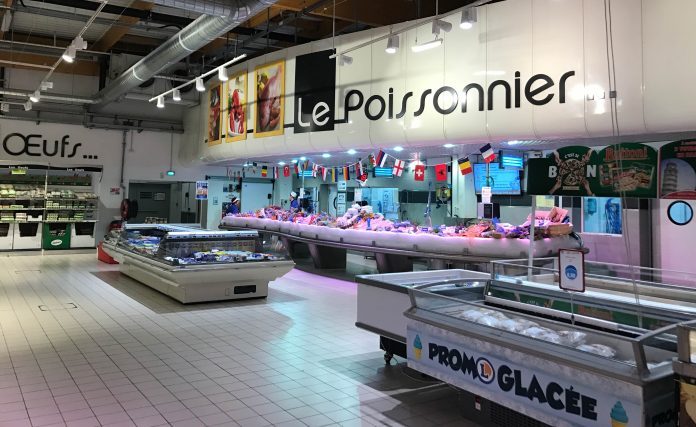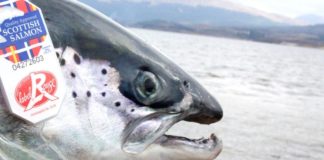A price cut for consumers brings the hope of strengthened demand
Last increase in world salmon production of about five percent was moderate and lower than the growth in demand of from six to eight percent. All things the same, this should have yielded increased salmon prices between 2016 and 2017.
But, it didn’t happen.
The average salmon price for growers fell from EUR 6.35 to EUR 6.05 kroner per kilogram between 2016 and 2017. A central reason for the price fall was that European supermarkets chose to keep their prices for fresh fillets high — even after the prices seen by salmon farmers began a pre-summer fall from their previous highs. The consequence of this was that salmon lost its place in the shopper’s cart, and then demand from the big grocery chains cooled.
Lost spot
The dampening of consumer demand contributed to a radical drop in the price salmon farmers. From Week 20 (May) to Week 44 (October) last year, the price growers saw fell by EUR 3. The end customer could not use the discount.

In October, SalmonBusiness reported that Dutch supermarket chains were keeping their retail prices high — between EUR 18 and EUR 30 — although the prices seen by salmon-farmers was under pressure. According to Norwegian Seafood Council analyst, Paul Andahl, last year’s price fall is about to be transferred to consumers: He pointed to price reductions in both German and French supermarket chains.
Kristiansund-based Kontali Analyse collects and distributes weekly price statistics for salmon filets. The price quotations are gathered from a long list of French supermarkets, and the following chart clearly shows that prices for fresh fillets have been trimmed back from their heights of first-quarter 2017.
In the first quarter of 2018, the average prices so far are EUR 17.9 per kilogram. That’s a reduction of 11 percent in just one year.
Campaigns
Judging by what SalmonBusiness has seen, the number of French supermarkets rolling out salmon campaigns has jumped through the roof. At the end of December, about 20 percent more stores had unfurled salmon sales drives.
Lower prices for the consumer are expected to stimulate the distribution of salmon going forward. It’s exactly this that the optimists among brokerage houses follow the sector say is among the best arguments for loading up on salmon shares.










